Risk management is crucial for the survival of your company. Businesses today face more risks than ever before.
While business insurance is a valuable risk management tool for businesses, risk management is also excellent insurance for a business. Although different, the two go hand in hand.
This article will teach you about the importance of business risk management. So, let’s dive in regarding this insurance.
What Is Risk Management?
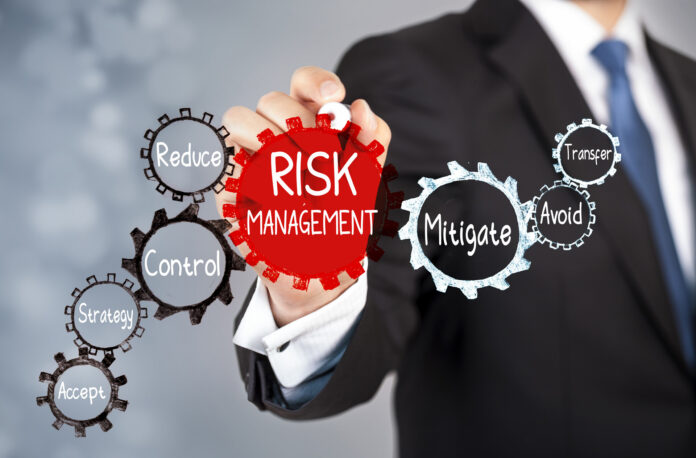
In business, risk is the possibility that a loss or unfavorable occurrence may disrupt a company’s ability to complete its objectives. Additionally, it’s an occurrence where a business may submit an insurance claim.
Risk management identifies risks and develops procedures to lessen or eliminate potential hazards. It’s effective in maintaining the safety of staff and protecting business resources.
All employees and levels in your business take part in risk management. Each has clearly defined roles, responsibilities, and accountability. To be effective, everyone has to commit to reducing risk. Risk management requires ongoing training, testing, and monitoring.
Your company needs to revise risk management plans over time because risks are forever changing. Assessing your goals every 6-12 months is an excellent place to start.
In truth, risk management is a crucial part of overall business planning. Occupational Safety and Health Act (OSHA) regulations help guide risk management so workplaces remain safe.
There are four main steps in risk management. They are to identify risks, assess risks, control risks, and review procedures.
1. Identify Risks
Risk management starts with identifying risks and hazards. Your business may have obvious dangers like using chemicals or heavy machinery. But other risks can include the loss of privacy and your responsibility to protect personal, confidential information.
It’s essential to assess all risks and identify situations that could cause harm to people or resources. Failing to identify a risk could lead to severe consequences for your business down the line.
2. Risk Assessment
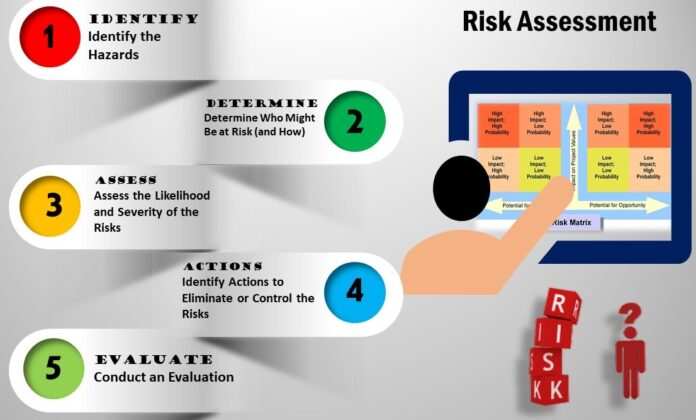
For each risk, you need to consider the following:
- Its severity
- If existing control measures are effective
- Action to take to mitigate it
- Urgency of action
Evaluating risks helps to see how severe potential injuries or damages might be. Hari Ravichandran advises young entrepreneurs that sometimes not taking huge risks but building a solid ground for a new company is better than jumping head first into unknown waters.
Insurance companies also use this process when considering insurance applications. In addition, assessing each risk allows your business to evaluate the following steps to mitigate the risk.
3. Control and Manage Risks
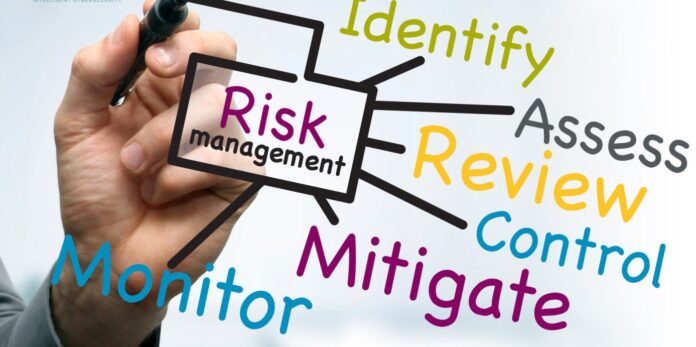
Mitigating risk is one tool you can use. But you can’t avoid all risks entirely. While you can improve safety measures and security, you need specific controls to reduce further and prevent risks. Your team should have a plan in place for every identifiable risk.
Further, your business also needs plans for when a risk occurs. Being prepared for these situations will ensure you can effectively handle and overcome them. Plus, set reaction plans further mitigate the damage and protect your company.
4. Implement and Review
Once all your plans are in place, it’s time to start using them. First, implement your new risk management plans into your business practices. Then, you should test your risk controls overtime to ensure you didn’t miss any risks.
The first risk assessment you do will be resource-intensive. This is because you need to review your entire work system and all processes. However, each year, the process will become more efficient. As a result, you will have a reduced number of injures and hazards at your business in the long run.
Why Risk Management
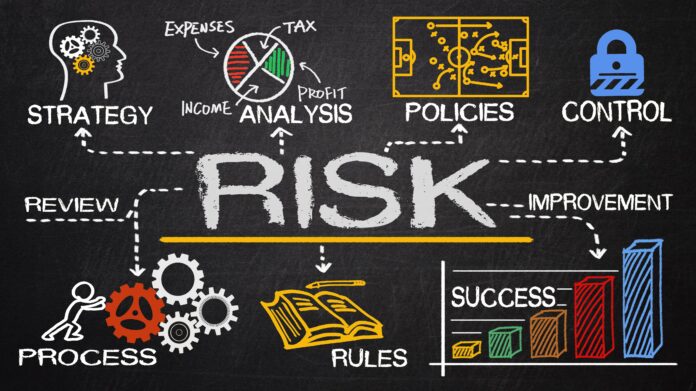
Measuring and prioritizing risks reduces the potential for losses. Whether you have a disgruntled customer or an injured employee, less harm means more money. You can reduce and prevent legal liability too. This leads to stable operations.
Risk management saves resources like:
- Time
- Assets
- Income
- Property
- People
It can also protect your business’s reputation and public image. Additionally, it’s better for the environment. Your business is always ready for risk management situations that could disrupt business operations.
Safety audits and inspections help reduce workplace accidents. In addition, they allow businesses to identify work processes that need improvement or where more training is necessary.
Risk management reduces and prevents fines, lawsuits, and penalties from non-compliance issues. Still, as mentioned previously, complying with OSHA laws is crucial.
Moreover, safety precautions show your employees they are a valuable business resource. When employees are knowledgeable and given responsibility, it improves productivity and morale.
So, while risk management is a proven strategy to save money and preserve resources, it creates a better work environment for employees. Thus, your business can function at total capacity with fewer interruptions.
Insurance for Businesses

Having a risk management plan is an insurance policy in itself. But, of course, there are insurance policies that businesses should buy for their companies too. Most companies cannot take on all risks themselves. Paying out costs on a loss will bankrupt many companies. So, having a viable insurance plan is also necessary.
You will work with an insurance company to secure business insurance. An insurance agency like gg-insurance.com can provide options for all different businesses. For example, if you own a business in healthcare, operate a brewery, or employ contractors, there is specialized insurance you can buy. Healthcare insurance, brewery insurance, and contractors’ insurance are all possible solutions.
Business insurance only covers financial and asset-based risks. That’s why having a risk management strategy is so essential. It can address risks that affect:
- Brand image and integrity
- Loss of tax-exempt status
- Public goodwill
- Continuing donor support
Using risk management and business insurance together increases effectiveness and your business potential. However, using one or the other is not enough to sustain long-term growth.
Reduce Risks Today
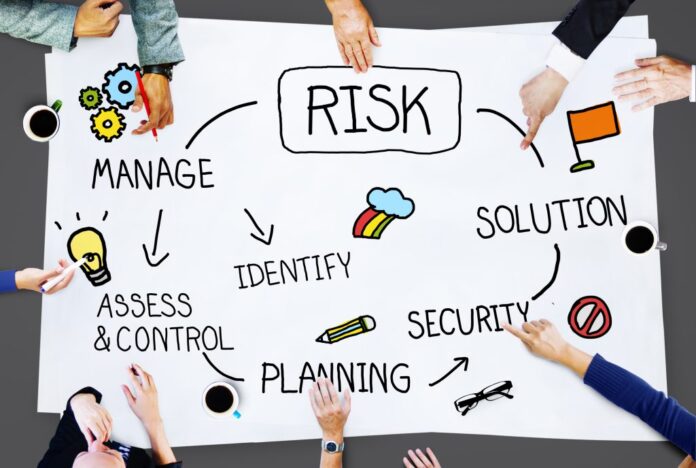
While your business will never eliminate all risks, having a solid risk management plan is the best insurance for your company. Get started now if you don’t have a risk management system or are ready to make changes to your existing plan
Contact an experienced professional like www.centralcarolina.com and view their Risk Reduction Resources to work with the industry’s best professionals. A quality company will offer a client-first mentality that provides tailormade solutions to all businesses.









